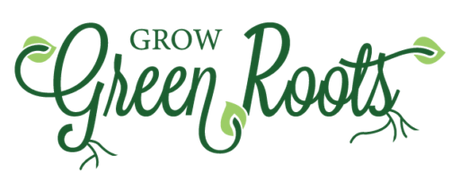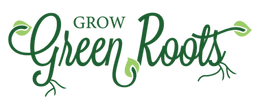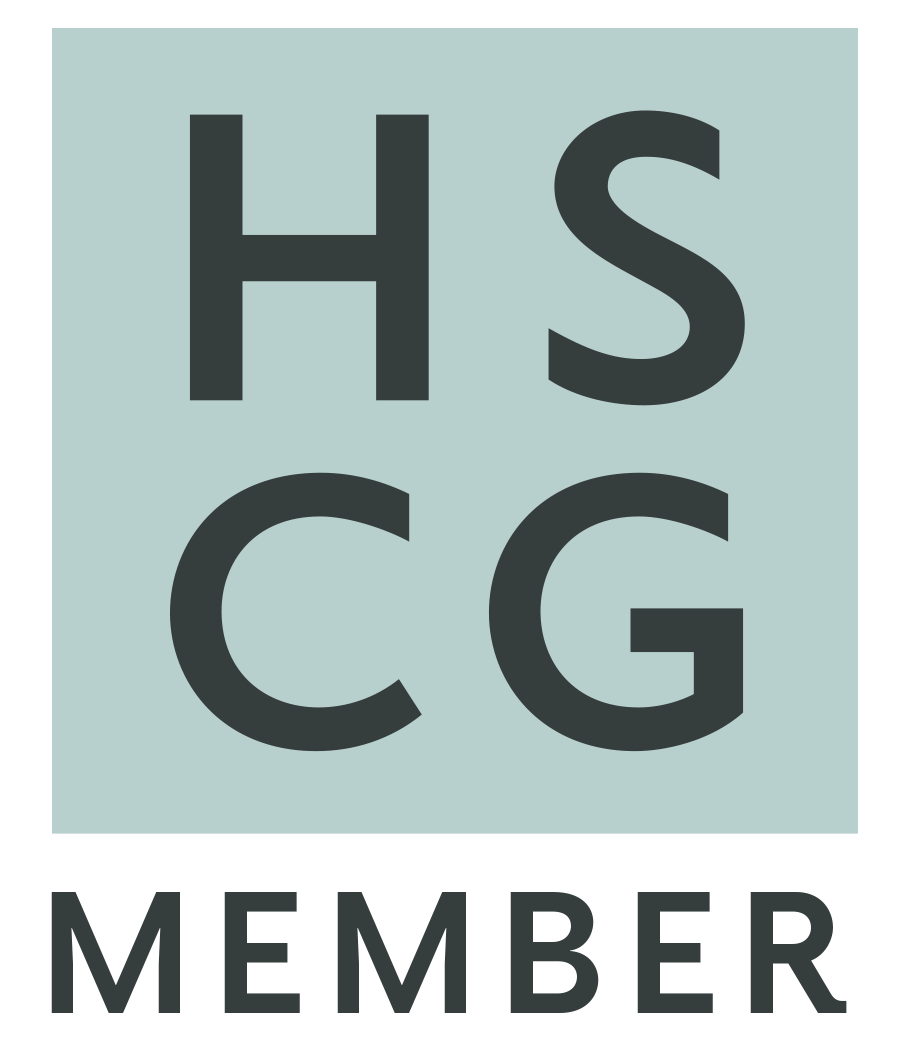SLS/SLES: what you need to know
What is SLS/SLES?
You will likely see SLS/SLES listed as a “surfactant”. Surfactants trap and remove dirt and oil from materials, then prevent them from being redeposited. They also create the bubbles and suds we all know and love. Because of these properties, you can find SLS/SLES in things like soaps, lotion, shampoo, makeup, toothpaste, and (strangely) even some processed foods!
SLS vs. SLES:
Here is what we know:
- SLS = Sodium Lauryl Sulfate; a known irritant to the skin, eyes, etc in high concentrations
- Some say SLS can cause negative health effects even in small amounts– so SLS has gained a bad reputation
To fight back against its negative reputation, SLS is now put through an additional manufacturing step to become Sodium Laureth Sulfate (SLES). That additional step causes the substance to be less irritating than the original SLS.
Sounds like the problem’s solved...right? Wrong. That extra little letter actually poses a huge problem to the environment and our overall health. So, what does the “E” stand for, anyways?
“E” is for ethoxylation!
SLS + Ethoxylation = SLES
Ethoxylation is the extra step that SLS goes through in order to become it’s gentler cousin, SLES. In this step, ethylene oxide (a flammable, colorless gas) is added to the recipe to change the overall makeup of the final product.
Why Ethylene Oxide is bad:
- known carcinogen
- easily absorbed into the body
- may be present in the air near facilities that utilize it
1,4 Dioxane: a MUST READ!!
So, here is where things take a turn for the worse, environmentally speaking. This whole process of turning SLS into SLES creates a byproduct known as 1,4 Dioxane. Anything that goes through ethoxylation (soap, lotion, laundry detergent, cosmetics, etc) creates this byproduct. 1,4 dioxane is known to cause negative health effects, can remain in final consumer products, and easily contaminates groundwater.Consumer products containing 1,4 dioxane
1,4 dioxane is never intended to remain in the final consumer product; but, it happens. And companies are not required to list it as a potential ingredient which makes it difcult to avoid. A process called “vacuum stripping” is available to remove traces of 1,4 dioxane from the final product. However, even though the FDA recommends this process, it is not mandatory. This is concerning considering the EPA and FDA classify 1,4 dioxane as a “likely” and “potential” carcinogen to humans respectively.
Follow these links to read more about 1,4 dioxane in cosmetics
Groundwater contamination
Ok, so this is a big deal! 1,4 dioxane is making it’s way into our drinking water by way of groundwater contamination.
Why is this a problem?
Groundwater is a major source of the water we depend on everyday for drinking, showering, etc. When 1,4 dioxane gets into the ground, it doesn’t stick to the soil- which makes it filter into the groundwater pretty quickly. From there, 1,4 dioxane hitches a ride all the way to your faucets. If you are thinking this doesn’t matter because you have a filter at home to get rid of all the chemicals in your water- think again! Household water filters are great at removing certain substances, but unfortunately they are not able to remove 1, 4 dioxane. So, here we are, left to consume this toxic contaminant unknowingly.
What are the experts saying?
The Agency for Toxic Substances & Disease Registry (ATSDR) made a public health statement saying “...almost all of the 1,4 dioxane in your drinking water will rapidly enter your body through the digestive tract“. Along with the fact that the EPA has classified 1,4 dioxane as “‘likely’ to be carcinogenic to humans by all routes of exposure“- this scenario is pretty alarming. Even more concerning is the fact that there is no federal limit to how much 1,4 dioxane is allowed to be in our drinking water.
Follow these links to read the full statements on 1,4 dioxane by the agencies listed above:
Avoiding SLS/SLES & 1,4 Dioxane:
Although sounding out ingredient lists can seem daunting at first, I can guarantee it will get easier with time. It will also make you aware of what is in your products. And if there’s something you don’t recognize-look it up and learn it for next time! Once you start doing this, you will notice it becomes a habit that seems like second nature.
The key to avoiding 1,4 dioxane is really just avoiding anything that has been through the ethoxylation process. On the other hand, avoiding SLS/SLES can be a little more involved. Sometimes SLS/SLES go all incognito, and try to trick us with their alter egos! So here are some different names to look out for:
SLS alter egos:
- Sodium lauryl sulfate
- Sodium dodecyl sulfate
- Lauryl sulfate, sodium salt
- Lauryl sodium sulfate
- Monododecyl sodium sulfate
- Aquarex methyl
SLES alter egos:
- Sodium laureth sulfate
- Dodecyl sodium ethoxysulfate
- Sodium lauryl oxyethyl sulfate
- PEG-5 lauryl ether sulfate, sodium salt*
- Laureth-8 carboxylic acid, sodium salt
- *PEG 7,8,12 are also names of this ingredient
- *PEG = Polyethylene Glycol
Follow these links to see a full list of alternate names:
Plant-based ingredients: not always what they seem
Ok, so with any great marketing scheme comes ways to influence buyers into thinking they are making the best choices, right? Companies have figured out ways to do this since the beginning of time. But, don’t be fooled! All it takes is a little behind-the-scenes research to discover what tricks they are hiding up their sleeves!
The public has been catching on to the downfalls of SLS and SLES, which has lead to an interest in avoiding these ingredients. Some companies have started advertising “Plant-based Surfactants” or “Coconut-derived Surfactants” in their products to appear more natural and safe. Another popular claim you may see is “SLS-free”. So, how do you know what to believe? Keep reading to find out!
Plant-based & Coconut-derived surfactants...
Step one in the production of SLS is to source a fatty acid called lauric acid from either petroleum, coconut oil, or palm oil. Makes sense, right? Sodium Lauryl Sulfate is made with lauric acid. There are more steps that occur from there in order to get the final product, SLS- but we won’t get that detailed right now.
When products are listed as using “plant-based surfactants”, this simply means they are using coconut oil, palm oil, and/or other fruits and vegetables as sources for their surfactant ingredients (ex: lauric acid). And when they are advertised as “coconut-derived”- coconuts are the source for their surfactant ingredients.
However, this doesn’t automatically make them an “earth-friendly” alternative. In fact, palm oil is a MAJOR problem for the environment- leading to deforestation of vital tropical forests- to make room for their plantations. Some countries have gone as far as to ban palm oil from their products. I really suggest going here to read what the World Wildlife Fund has to say about it!
My point is- just because something is labeled as “natural” or “plant-based” doesn’t mean it should be assumed as safe. Really get into the habit of looking into the ingredients, and decide whether or not Mother Earth would approve of them.
SLS-Free: is it safe?
Ok, so remember that the ‘L’ is SLS comes from lauric acid? Well, what happens when another acid is used in it’s place? That’s right: it is then technically “SLS/SLES-free”! But this doesn’t mean these products are any better than their SLS counterparts. Companies use this technicality to market their products as safer, “greener” options for the conscientious buyer. There is actually a term for this trickery, it’s called Greenwashing.
Greenwashing is disinformation disseminated by an organization so as to present an environmentally responsible public image.
-Oxford English Dictionary
It can be hard to avoid these tactics, but it is important to know they exist. Don’t take everything presented at face value, and do the research so that you can be confident in your purchasing decisions.
How YOU can make a difference:
All of this information can be a little depressing and overwhelming, and that’s understandable. But, ditching products containing SLS/SLES is a great place to start in making a difference. Here area some ideas to get you started:
- Choose natural products like our body soap and dish soap!
- Overhaul your cosmetics- look at ingredient lists and choose the best alternative you can find
- Share the word with friends and family
- Can't find a replacement for a certain product? Decide if you really need to replace it, or can just go without. Sometimes ditching a product all together is the best option.


